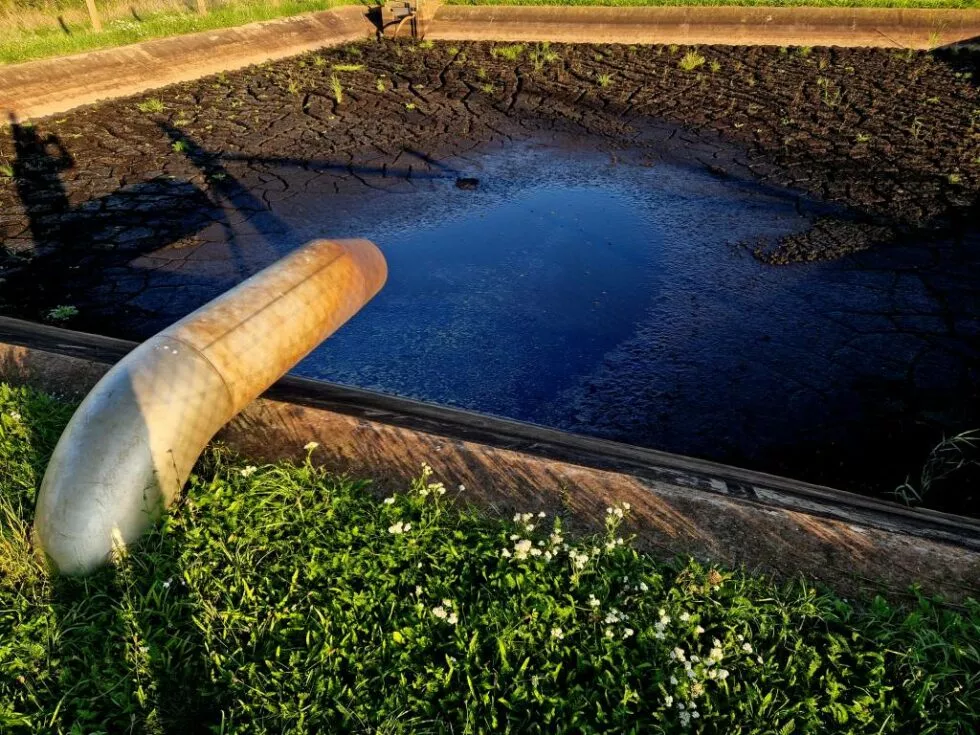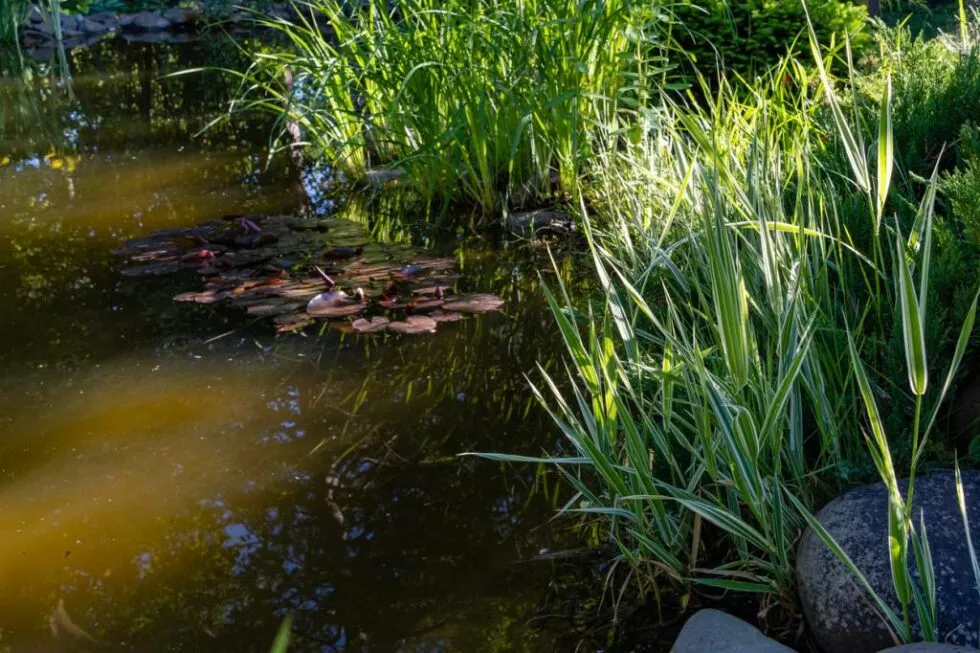Individual wastewater treatment plant: the best solution for your home?
In France, individual purification solutions are essential, particularly in areas not served by the collective sanitation network. The micro-sewage treatment plant is one of the sanitation systems used by households. Aquatiris presents these individual sewage treatment plants.
How does an individual micro-treatment plant work?
The individual micro-treatment plant works on the same principle as the urban sanitation system. They provide both the pre-treatment and local treatment of a house’s wastewater (kitchen and toilet water). In general, an individual treatment plant consists of a tank with 3 ventilated compartments.
The treatment, which is entirely biological, is based on the breakdown of the pollution by micro-organisms or bacteria present in the water, and takes place in 3 stages. During the first phase (primary or decantation), the solid and liquid elements of the wastewater are separated in the first compartment. This produces a liquid effluent suitable for secondary treatment. The heavier elements settle to the bottom, while the lighter ones rise to the surface. This compartment is also used to store the sludge from the second treatment phase.
The second phase of treatment takes place in a second compartment called the ‘biological reactor’. Here, the effluent is aerated by an air generator and then brought into contact with aerobic purifying micro-organisms. These organisms degrade the effluent to reduce pollution, producing water, sludge and gases. The products generated are then decanted and stored with the pre-treatment sludge. After biological cleaning, the treated wastewater is discharged into the natural environment, poured into the canals or used to irrigate the garden: this is the final phase.

Is the micro-station more environmentally friendly than other individual purification systems?
In ecological terms, the mini-sewage treatment plant is not necessarily a benchmark. Even if the principle of the mini-treatment plant for individual houses is essentially based on the action of the batteries, the system generally runs on electricity. There is certainly a non-electric model, but its installation requires a tank and the tank must be emptied. This installation and maintenance work can impact your carbon footprint.
If you are looking for a 100% ecological individual sanitation system for your home, the phyto-purification basin is the most interesting solution. It is an individual sanitation system that uses the bacteria present in the root systems of plants to purify the wastewater from the house. The purification process takes place in the ground completely autonomously, without a tank and without odour.
Aquatiris is the French leader in phyto-purification basins, with an extensive network of experts throughout the country. We have been Aquaplus-certified since 2018 and our seasoned specialists in natural individual sanitation are ready to assist you in your project. Among our Roseaux, Iris (ATec-certified) and Carex ranges, you are sure to find the natural purification option that suits you best.
Are there cheaper sanitation alternatives to the micro-treatment plant?
There are currently four micro-treatment plant technologies:
- free-living bacteria micro-treatment plant,
- fixed bacteria micro-treatment plant,
- SBR micro-treatment plant,
- micro-treatment plant without electricity.
The price of your purification basin will therefore depend on the type of micro-treatment plant you choose. The more efficient the technology, the more you will pay. The price of the most efficient small-scale wastewater treatment systems of a reasonable size (4 inhabitants) varies between 7,500 and 20,000 euros. In addition to this initial cost, there are regular maintenance costs (emptying, changing the filter or unblocking the filter, etc.) and electricity costs, which can quickly add up.
At the same time, there are more affordable non-collective sanitation systems on the market. These solutions comply with environmental standards and are recommended by the SPANC (Public Non-Collective Sanitation Service). The installation price of Aquatiris’s efficient and autonomous phyto-purification stations is between 11,000 and 16,000 euros. The economic advantage of this wastewater treatment system is even more palpable in the long term.
Unlike the micro-treatment plant, it does not require a significant maintenance cost. It is an individual treatment option that does not necessarily require emptying (if it is not linked to an all-water septic tank). What’s more, you won’t have to change the filter or pay electricity bills. A few cuts of the filtering plants will be enough to maintain your station. Contact us now for a free quote and benefit from an efficient natural individual sanitation system at a more affordable price.

What administrative procedures are involved in installing an individual micro-treatment plant?
If you are considering a micro-treatment plant that is more environmentally friendly, start by applying to your local council for a declaration of installation of the autonomous sanitation device. This file, which is necessary to obtain approval from the local authorities, requires details about your land and how the wastewater treatment system you have chosen works.
To increase your chances of approval, call on the services of a design office to help you with this process. The aim is to clearly demonstrate that your system is not a makeshift solution, as sanitation is a serious matter. Regulations stipulate that installations must not present any risk of contamination or pollution of the soil and water. In addition, sanitation must be entrusted to a specialised company such as Aquatiris.
How do you maintain an individual micro-treatment plant?
For optimal operation of your individual micro-treatment plant, carry out system maintenance and servicing. This work consists, on the one hand, of regularly monitoring the operation of the plant. This includes checking for:
- abnormal noises,
- unusual odours,
- malfunctioning alarms, etc.
You must also check the power supply to the micro-treatment plant and that the compressor and turbine are working properly. The ventilation of the treatment system must also be free of obstructions.
In addition to regular monitoring of your individual micro-treatment plant, annual maintenance is essential. This maintenance must be carried out by a qualified non-collective sanitation (NCS) professional. In general, specialists check that the treatment plant is functioning properly and check the level of sludge. The sludge and sand must be emptied as soon as they reach 30% of the tank volume (primary treatment zone).
If the system of a mini-treatment plant for individual homes is not suitable for you, opt for the phyto-purification basin offered by Aquatiris. You will then have an ecological sanitation system installed at the best price.

